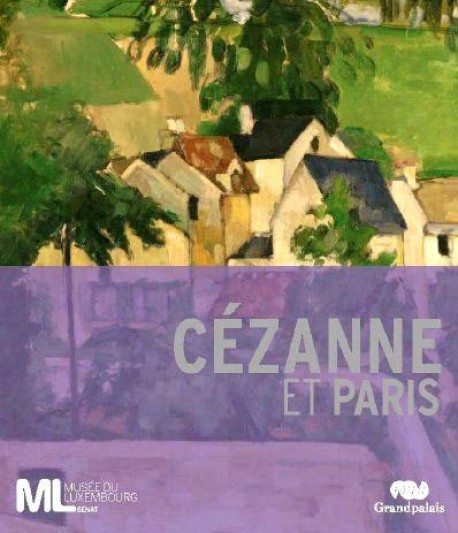Aucun produit
Produit ajouté au panier avec succès
Il y a 0 produits dans votre panier. Il y a 1 produit dans votre panier.
Editions Bilingues & inter.
- Nouveautés
- Catalogue d'exposition
- Sélection Fêtes
- Prix réduits
- Idées Cadeaux
- Editions Bilingues & inter.
- Livres d'art pour enfants
- Histoire de l'Art
- Peinture
- Architecture
- Sculpture
- Dessin Gravure
- Photographie
- Art contemporain
- Arts Décoratifs Design
- Techniques des Arts
- Critique
- Beaux livres
- Civilisations
- Revues partenaires

Exhibition catalogue Cezanne and Paris (english version)
Although Cézanne (1839-1906) is usually associated with Provence, he cannot be confined to the south of France. He spent more than half of his time as a painter in Paris and its environs.
Produit indisponible
| Référence | 9782711859191 |
| Artiste-Genre | Paul Cezanne (1839-1906) |
| Editeur(s) | RMN |
| Format | Softcover |
| Nb. de pages | 236 |
| Langue | English |
| Dimensions | 290 x 250 |
| Technique(s) | 220 illustrations |
| Date parution | 05/10/2011 |
| Poids | 1.152 |
Exhibition catalogue Cezanne and Paris, hel in Paris, musée du Luxembourg (october 12, 2011 - february 26, 2012).
He travelled between Aix en Provence and Paris over twenty times, although, of course, not for the same reasons when he was twenty as when he was sixty. When he was already an elderly man and still racked with doubts (“I am making slow progress,” he wrote at the end of his life) he painted in secluded spots on the banks of the Marne or near Fontainebleau, or made portraits of an art dealer or a critic and often his wife. He was no longer the young man eager to “conquer” Paris, wanting to be admitted to the fine art school and show his works in the Salon.
In Paris, he came up against both tradition and modernity. He worked out “formulas” that he later used in Provence. He shuttled back and forth between Provence and the Ile de France although the rhythm of his journeys changed. After 1890, critics, art dealers, and collectors started to take an interest in his work. Cézanne longed for recognition which could only come from Paris. More than any other artist, he left his stamp on modern art: avant-garde artists from the postimpressionists to Kandinsky looked on him as a forerunner, “the father of us all” as Picasso said.
The exhibition of about 80 works is divided into five sections.
Produits déjà vus








